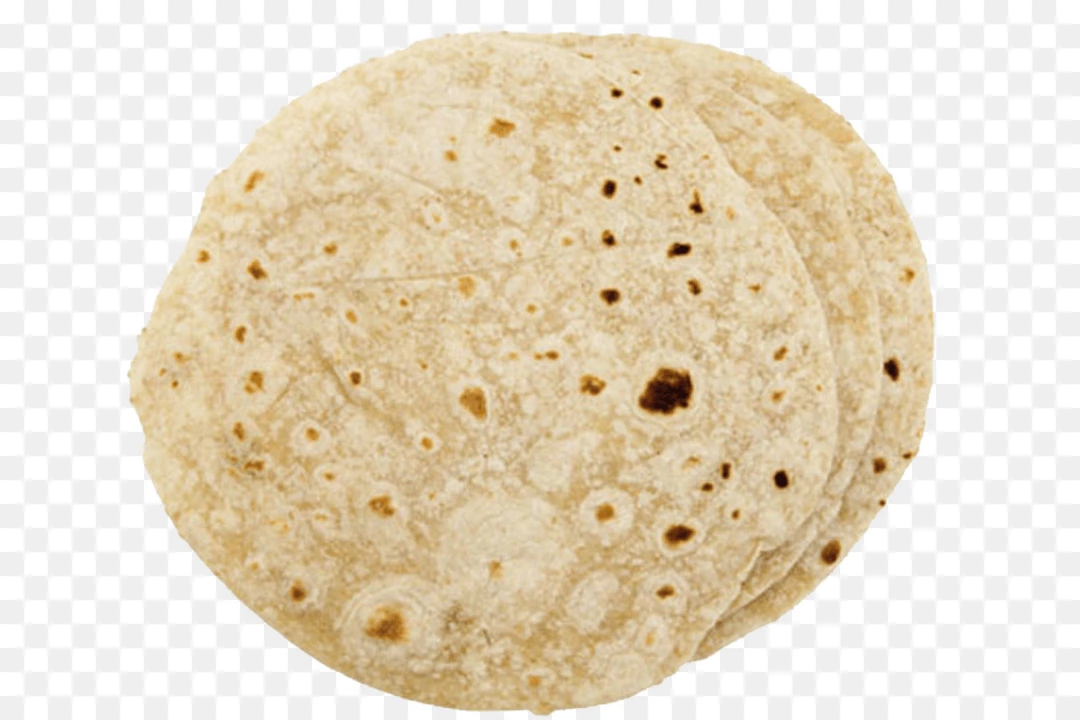Isn't a chapati basically just a flour tortilla?
1 May 2023

A Brief History of Chapati and Flour Tortilla
Before diving into the similarities and differences between chapati and flour tortilla, let's start with a brief history of these two popular flatbreads. Chapati, also known as roti, is a staple food in many South Asian countries like India, Pakistan, and Bangladesh. It is believed to have originated in the Indian subcontinent around 2500 BCE. On the other hand, flour tortillas have their roots in Mexico, where they have been a part of the culinary tradition since the times of the ancient Aztec civilization.
Both of these flatbreads have evolved over time and have become staples in their respective cultures. They are now consumed and enjoyed by people all around the world. But, despite their distinct origins and cultural significance, the question still remains: isn't a chapati basically just a flour tortilla?
Ingredients: What Goes into Chapati and Flour Tortilla?
At a glance, chapati and flour tortilla might seem to be made of similar ingredients. Both of them primarily consist of flour and water. However, there are some key differences between the ingredients used in these two flatbreads.
Chapati is traditionally made using whole wheat flour, also known as atta, whereas flour tortillas are made using all-purpose flour or maida. The use of whole wheat flour in chapati gives it a denser texture and a slightly nutty flavor. Additionally, chapati dough is typically kneaded with water and sometimes a small amount of oil or ghee, while flour tortilla dough is made with the addition of fat, usually lard or vegetable shortening, and sometimes baking powder for added fluffiness.
The Art of Making Chapati and Flour Tortilla
The process of making chapati and flour tortilla also differs slightly. For chapati, the dough is divided into small balls and rolled out into thin, round discs. These discs are then cooked on a flat, heated surface called a tawa, which is similar to a griddle. Chapatis are cooked on medium-high heat, and they usually puff up during the cooking process, creating a light, airy texture.
On the other hand, to make flour tortillas, the dough is also divided into small balls and rolled out into thin discs. However, the cooking process involves a slightly different technique. Flour tortillas are cooked on a hot griddle or comal, and they are usually cooked on lower heat for a longer period of time than chapatis. This results in a softer, more pliable texture that is perfect for wrapping around fillings.
Texture and Taste: Chapati vs. Flour Tortilla
As mentioned earlier, the texture and taste of chapati and flour tortilla are quite distinct. Chapati has a slightly more rustic, dense texture due to the use of whole wheat flour. It also has a subtle, earthy flavor that comes from the whole grain. In contrast, flour tortillas have a smoother, more tender texture and a milder flavor because of the all-purpose flour and the addition of fat in the dough.
Despite these differences, both flatbreads are incredibly versatile and can be enjoyed in various ways. Chapati can be served with curries, dals, or simply with a dab of ghee or butter, while flour tortillas are commonly used to make tacos, burritos, quesadillas, and other delicious Mexican dishes.
Nutritional Differences Between Chapati and Flour Tortilla
When it comes to nutrition, chapati and flour tortilla also have some differences. Chapatis, made with whole wheat flour, are generally considered to be healthier than flour tortillas, which are made with all-purpose flour. Whole wheat flour is a good source of fiber, vitamins, and minerals, while all-purpose flour is typically lower in these nutrients. Additionally, the use of fat in the dough for flour tortillas adds extra calories and, depending on the type of fat used, may contribute to higher levels of saturated fat in the finished product.
However, it's important to keep in mind that nutritional content can vary depending on the specific recipe and ingredients used. Some people choose to make chapatis with a mix of whole wheat and all-purpose flour, while others may opt to make flour tortillas with whole wheat flour or other healthier alternatives.
Conclusion: Is Chapati Just a Flour Tortilla?
After examining the history, ingredients, preparation techniques, and nutritional differences, it's clear that chapati and flour tortilla are distinct flatbreads with their own unique characteristics. While they may share some similarities in appearance and basic ingredients, the differences in texture, taste, and cultural significance set them apart.
So, is a chapati basically just a flour tortilla? The answer is no. Both of these delicious flatbreads have their own place in the world of cuisine, and each brings something special to the table. The next time you enjoy a warm, freshly cooked chapati or a soft, pliable flour tortilla, take a moment to appreciate the unique qualities that make each of them special.